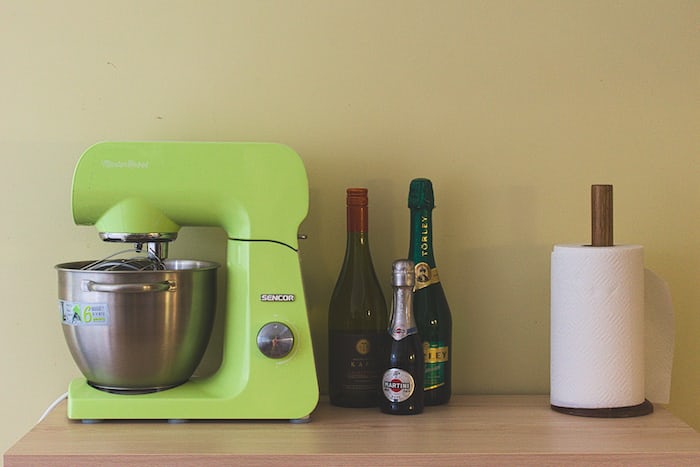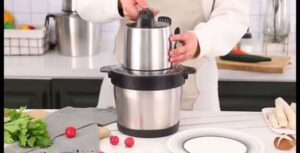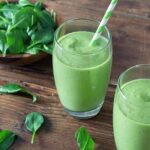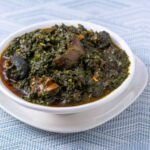A kitchen mixer is an essential tool for any aspiring home cook or professional chef. With its versatility and efficiency, a kitchen mixer can make your cooking and baking experience a breeze. In this article, we will guide you through the:
Steps of using a kitchen stand/mixer for beginners,
ensuring that you get the most out of this handy appliance.
1. Familiarize Yourself with the Parts
Read the Manual: Before anything else, thoroughly read the manufacturer’s manual that comes with your specific kitchen mixer. It will provide essential information about your mixer’s features, safety instructions, and recommended usage.
Components: One of the great advantages of a kitchen mixer is the range of attachments available. Depending on the task at hand, you can select the appropriate attachment for optimal results. Whether you need to whip cream, knead dough, or beat egg whites, there is an attachment designed specifically for each task, Select the appropriate attachment for your task. Common attachments include a beater, whisk, and dough hook.

2. Measure Ingredients Accurately
To achieve consistent and reliable results, it’s crucial to measure your ingredients accurately. Use measuring cups and spoons to ensure precision in your recipes. Maintaining the correct ratios of ingredients is essential for achieving the desired texture and taste in your culinary creations.
4. Start with the Lowest Speed
When you’re ready to mix your ingredients, it’s best to start with the lowest speed setting on your kitchen mixer. This gentle approach prevents any splattering and allows you to gradually combine your ingredients without creating a mess. As you become more comfortable, you can increase the speed as needed.

5. Use the Right Mixing Technique
To achieve the best results, it’s important to use the right mixing technique for each recipe. For example, when creaming butter and sugar, start with a low speed to incorporate the ingredients evenly. Then, gradually increase the speed to achieve a light and fluffy consistency. Understanding the appropriate mixing technique for different recipes is key to achieving desired outcomes.
More Examples:
| Food | Mixer Technique |
|---|---|
| Whipped Cream | Whisk attachment, gradually increase for peaks. |
| Cookie Dough | Paddle attachment for mixing dough. |
| Bread Dough | Dough hook for kneading until smooth. |
| Mashed Potatoes | Paddle attachment for a creamy texture. |
| Buttercream Frosting | Paddle attachment, gradually mix to desired consistency. |
6. Avoid Overmixing
While it’s important to mix your ingredients thoroughly, overmixing can result in undesirable outcomes. Overmixing can lead to tough cakes, chewy cookies, and dense bread. It’s important to monitor the mixing process and stop as soon as your ingredients are well combined. Remember, less is often more when it comes to mixing.
7. Clean and Maintain Your Kitchen Mixer
After each use, it’s essential to clean your kitchen mixer thoroughly. Follow the manufacturer’s instructions for cleaning and maintenance. By keeping your mixer clean and well-maintained, you can ensure its longevity and optimal performance.

Conclusion
Using a kitchen mixer is a game-changer in the world of cooking and baking. By familiarizing yourself with its parts, choosing the right attachments, measuring accurately, starting with the lowest speed, using the right mixing technique, avoiding overmixing, and maintaining your mixer properly, you can unlock the full potential of this versatile appliance. With a kitchen mixer, your culinary creations will become effortless and delicious. So, get ready to mix, blend, and whip your way to culinary success with your trusty kitchen mixer!







